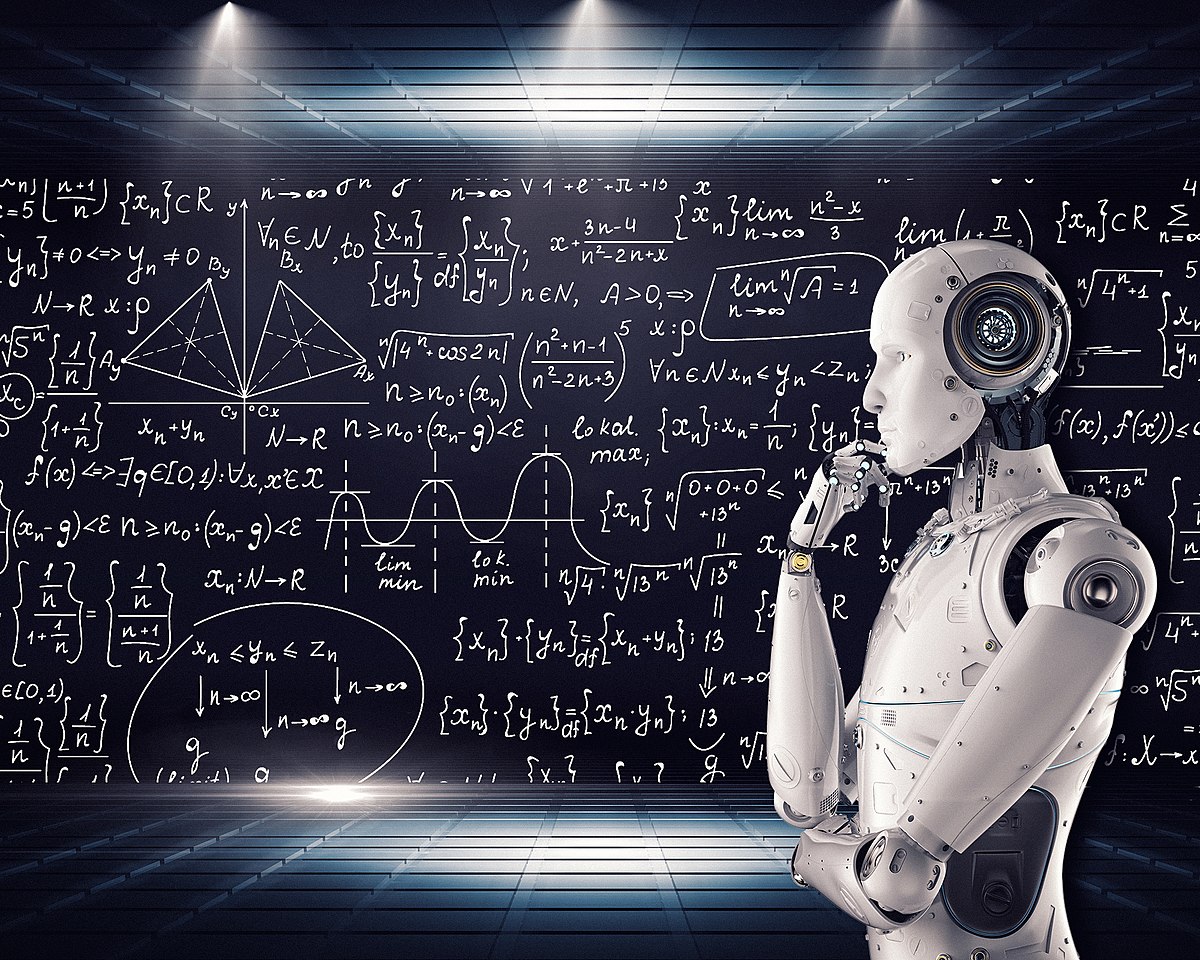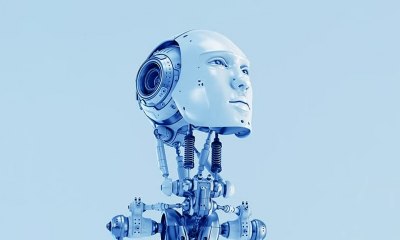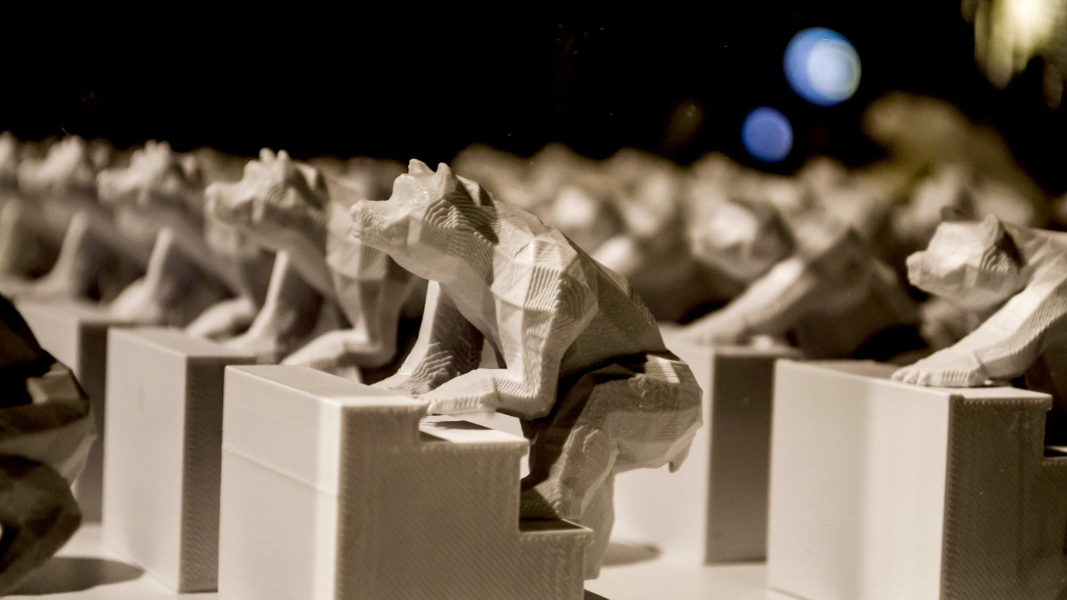Uncategorized
The AI Revolution: Future Predictions

Uncategorized
The Automation Revolution: Job Displacement or New Opportunities?
“The Automation Revolution: Job Displacement or New Opportunities?”—a thrilling journey into the world of automation, where the lines between technology and human endeavor blur, and a promising future awaits.
Uncategorized
Breaking Barriers: The Rise of AI Superintelligence and its Ethical Implications
The rise of AI superintelligence has the potential to reshape our world in unimaginable ways. It offers unprecedented opportunities for progress and innovation, but it also raises profound ethical dilemmas that demand our attention. As we break through barriers and push the boundaries of technological advancements, let us remember the importance of responsibility, collaboration, and human-centric values. By harnessing the power of AI with wisdom and foresight, we can steer the course of our future towards a brighter and more equitable world.
Remember, the future is in our hands. Let’s embrace the rise of AI superintelligence and shape it to benefit all of humanity.
Join the movement. Break barriers. Unleash the power of AI.
3D Printers
The Future of 3D Printing
The future of 3D printing holds incredible potential to reshape industries, enable personalized manufacturing, revolutionize healthcare, and contribute to a more sustainable and interconnected world. As technology continues to advance, we can look forward to witnessing remarkable breakthroughs and transformative applications of 3D printing in the years to come.
-

 iPhone1 year ago
iPhone1 year agoFuture Predictions for the iPhone: Unveiling the Path of Innovation
-

 Apple MacBook1 year ago
Apple MacBook1 year agoThe History of Apple MacBook: A Journey of Innovation and Design Excellence
-

 Uncategorized1 year ago
Uncategorized1 year agoThe Automation Revolution: Job Displacement or New Opportunities?
-

 3D Printers1 year ago
3D Printers1 year agoBenefits of 3D Printing
-

 AI Trends1 year ago
AI Trends1 year agoThe Future of Robotics and AI: A Controversial Perspective
-

 Tech News1 year ago
Tech News1 year agoThe AI Privacy Paradox: Balancing Innovation and Personal Data Protection
-

 3D Printers1 year ago
3D Printers1 year agoThe Future of 3D Printing
-

 BLOG1 year ago
BLOG1 year agombracing the Singularity: Illuminating the Path to a Promising Future




